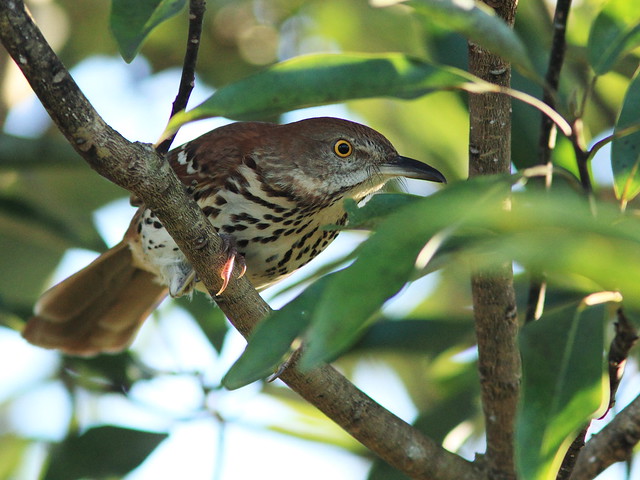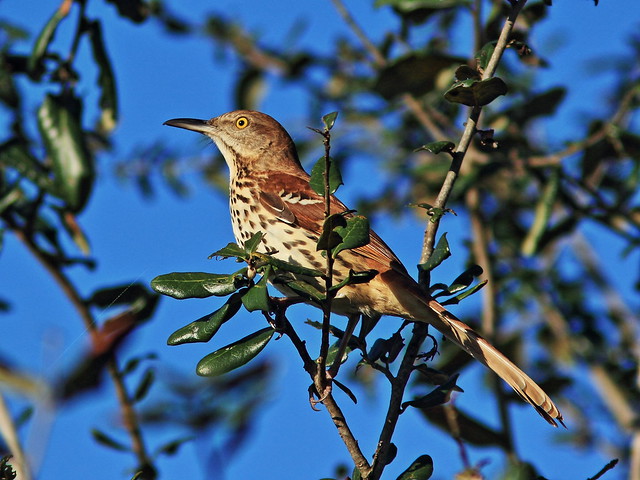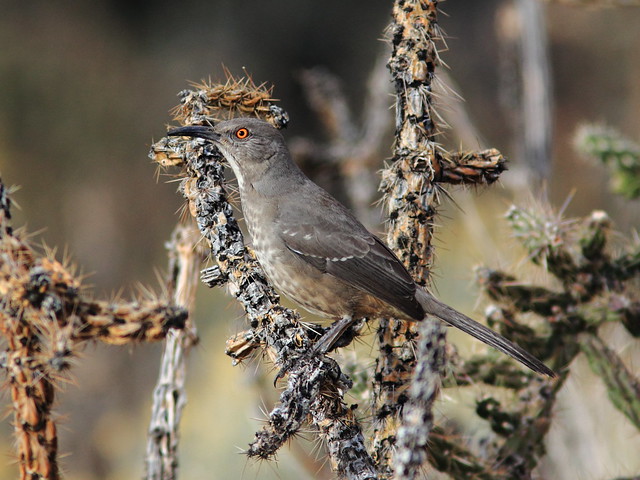 |
| Birds with bills upside down? Yes....American Avocets |
When I began this epic journey into birding, I was so focused on finding the "interesting" or "colorful" birds to photograph. On the trip to Rocky Point(or Puerto Peñasco) in Mexico, my main concern was going to "Bird Island" and finding the nesting Boobies. I didn't care about seagulls or terns very much and I hardly knew anything about the water birds along the shore. I just wanted to photograph unusual birds. But what I didn't realize, at the time, was that this would be a turning point for me.
 |
| Why is this bird giving me attitude? Black-bellied Plover |
It was my first time really trying to go out as a birder/photographer and find "cool" birds. So what followed? Lots of hours of study! Today's post is about a beginning birder learning the ropes.
 |
| Whoa! A big hummingbird! Is it a Whimbrel or Long-billed Curlew? 9 months later, I change my answer to Long-billed Curlew |
While I walked miles of beach area, I'd find all kinds of incredible shorebirds wading along the tide pools and shoreline.
Rocky Point is such a strange place because it's in the middle of sandy desert, and yet with the ocean nearby, it brings in all kinds of birds and critters.
After some research, we chartered a shrimp boat to the "Bird Islands". It proved to be an epic trip and worth the frustrating wait. With Mexico, patience is essential. I've been there many times and LOVE the country, but if you're looking for on time departures, forget about it. I remember getting up early for this trek and not leaving until noon!!! When we finally boarded, I sat outside on deck and had fun getting splashed with ocean water. My camera was locked away in my waterproof bag.
When we arrived at the islands, it was well worth the rough trek! Thousands of nesting Boobies greeted us along the rocky shores. We stayed inside our boat and moved close to shore where we were able to watch the Brown Boobies nest on the open rock. Gulls and Cormorants were everywhere.
 |
| Brown Boobies with blue feet! It takes me forever to learn the difference between Blue-footed and Brown Boobies! |
I just remember at this point in my birding fun that I wanted to stay longer and film/observe the birds. The other passengers were ready to go after they ate their lunch. Gulls tried robbing eggs from the cliff ledges. Seals bounced up and down around our boat. And I could have easily spent my entire day around these islands.
Meanwhile, the parents fed their needy offspring by shoving their bills into their mouths with food.
The islands are amazing. So MANY birds! And I was just an amateur wanting to see Boobies. This trip was frustrating for me because I didn't know all the other birds that flew around us. Plus I was embarrassed to tell people that I was going to Mexico to find the nesting Boobies. Those days are over. I'm a proud birder who isn't ashamed to say their names. It was something I had to get over. Today I say Dickcissel, Tits, and Boobies without flinching. Oh there are others with fun names, including a colorful number who goes by the name Cock-of-the-rock. Those incredible birds are located near a tropical slope close to Cuzco, Peru. But I'll have to save that trip for another time. I missed them on my Peru trip back in 2008. Too many places to visit!

Back to Mexico. Needless to say, I was overwhelmed by all these new discoveries. Many of the birds were unknown to me until I began to ebird them months later. I was alone in this birder world at the time and didn't know anyone who could help me. That all changed when I met a birder who took me under her wing. She would become my mentor and friend who taught me the ways of the birder. She encouraged me to look at every bird....even the common ones......and study them. That included the dreaded Gulls and Sparrows! I sat for hours and hours ID'ing pics. I changed from bird photographer to a birder with a camera.
 |
| American Oystercatcher-hey Mexico is part of the Americas! |
At the time, I'd only take pictures of gulls if they were "pretty". I guess this Heerman's Gull fit my limited vision. Today if you told me there were gulls nearby, I'd jump in my car for the opportunity to observe them. But back then, gulls were just gulls. I grew up in Two Rivers, WI......home of the Herring and Ring-billed Gulls. My city viewed them as pests. It took me awhile to undo that childhood view. How many gulls did I miss on this trip because they weren't "important"?
 |
| The pretty gull, Heermann's Gull, is also listed as Near Threatened! That's an ugly fact. |
Or I remember at the time thinking that this Red-billed Tropicbird looked like a fat tern. So I snapped a pic because it was interesting. Today, I would love to observe this bird again with my practiced eyes.
 |
| My fat tern is a Red-billed Tropicbird |
It began in Panama with a Lance-tailed Manakin on
Coiba Island. My spark bird. And it was on this trip that made me realize how much work can go into birding. Several months after this experience, I began to define for myself, as a birder, what was important. Documentation is important. ID'ing ALL birds is important. And of course, most of all it should be fun. Today, I see this experience as an important one. We have to begin somewhere.
 |
| There's nothing plain about this Willet |
I'll be heading back next month with the same crew. This time I am excited to revisit those spots with the knowledge that I have gained from over the past several years. Here are some tips for an enjoyable time in Rocky Point or Puerto Peñasco. Rocky Point is one of the top destinations for many people from Tucson and Phoenix wanting some fun on the beach. The town is about a 4 hour trek from Tucson. Stop in the town of Why? for some amazing Green Chile burritos while gassing up(maybe I should rephrase that last bit:). Perhaps check out Organ Pipe National Monument on the way down for some desert birding. Always travel by day and with a group. It's really a lot of fun. The driving isn't bad at all. The city is a great place to relax for meals. I especially like breakfast:) The hot spots for birds are around the "Bird Islands", along the beaches(check tide info), and Cholla Bay. Don't forget your passport. We usually stay at our friend's condo for the weekend. There are many condos for rent. Bring a cooler of goodies to snack or make meals, etc.

To charter a boat out to San Jorge Island(or the "Bird Island"), check out the various companies that offer treks to the islands. They are all centrally located around one public pier in town. For a birder or scuba diver, it is well worth the adventure. Cross your fingers for smooth sailing:) Birding takes us all over the world. And that's why it's so much fun. Until next time....






















































